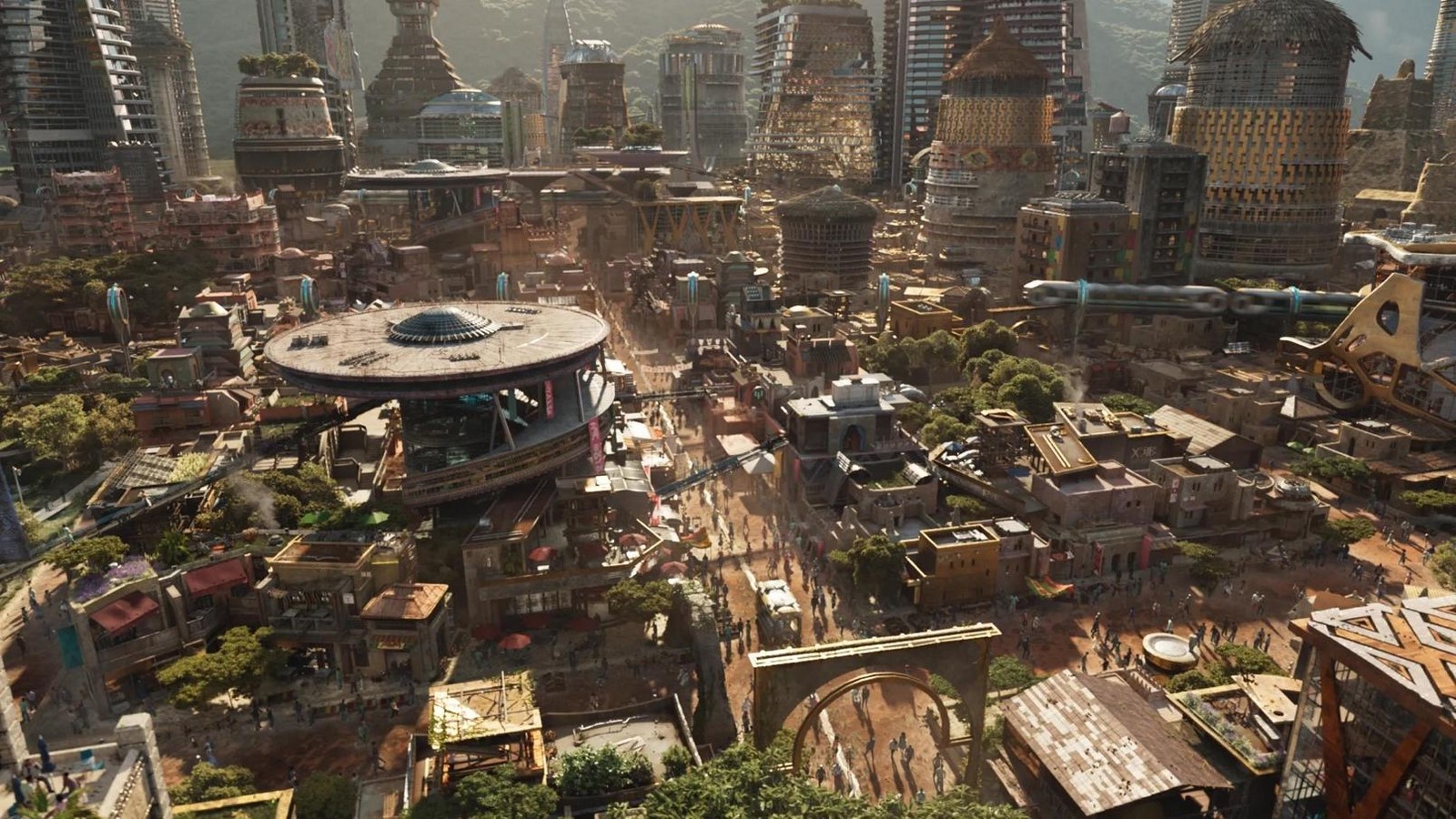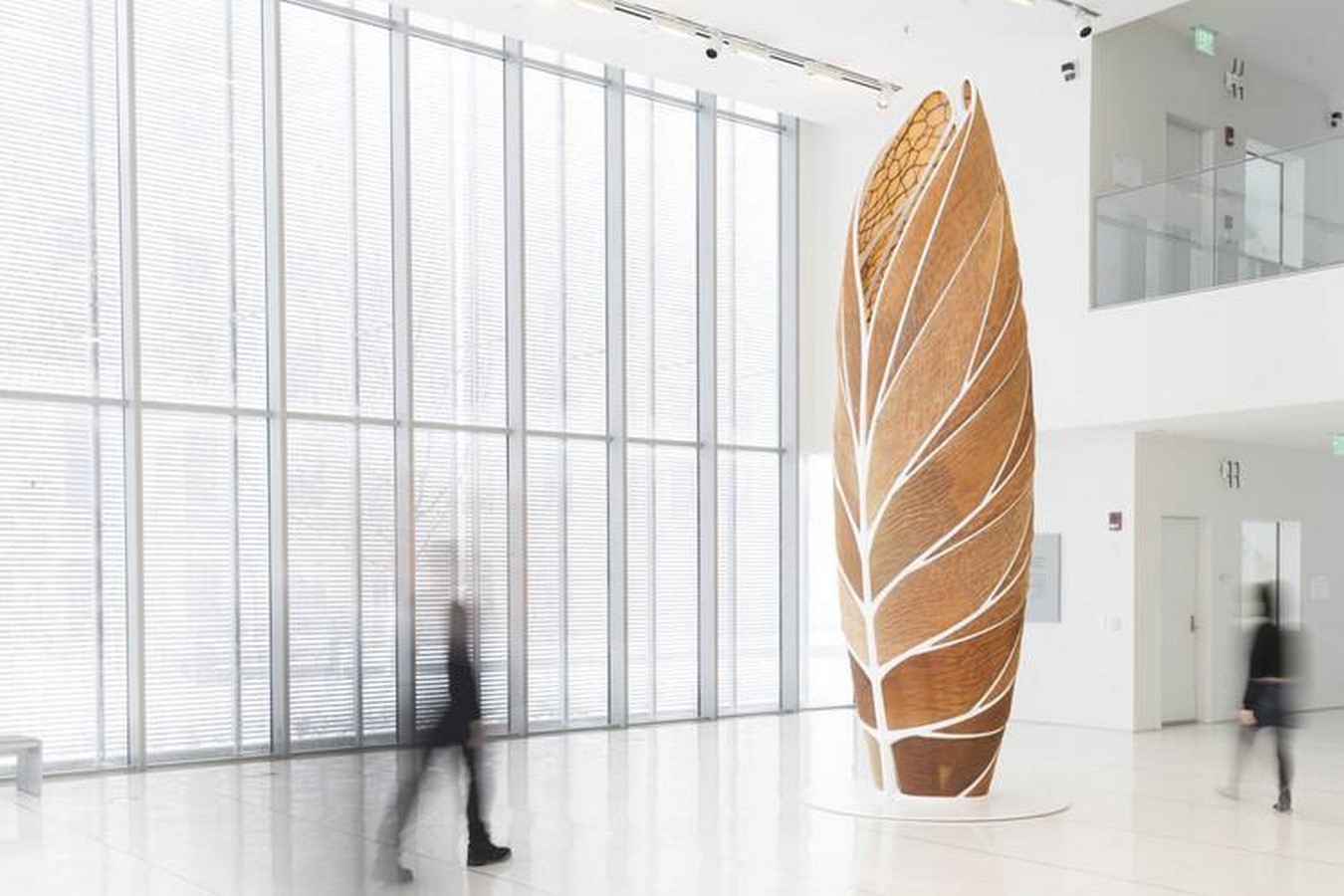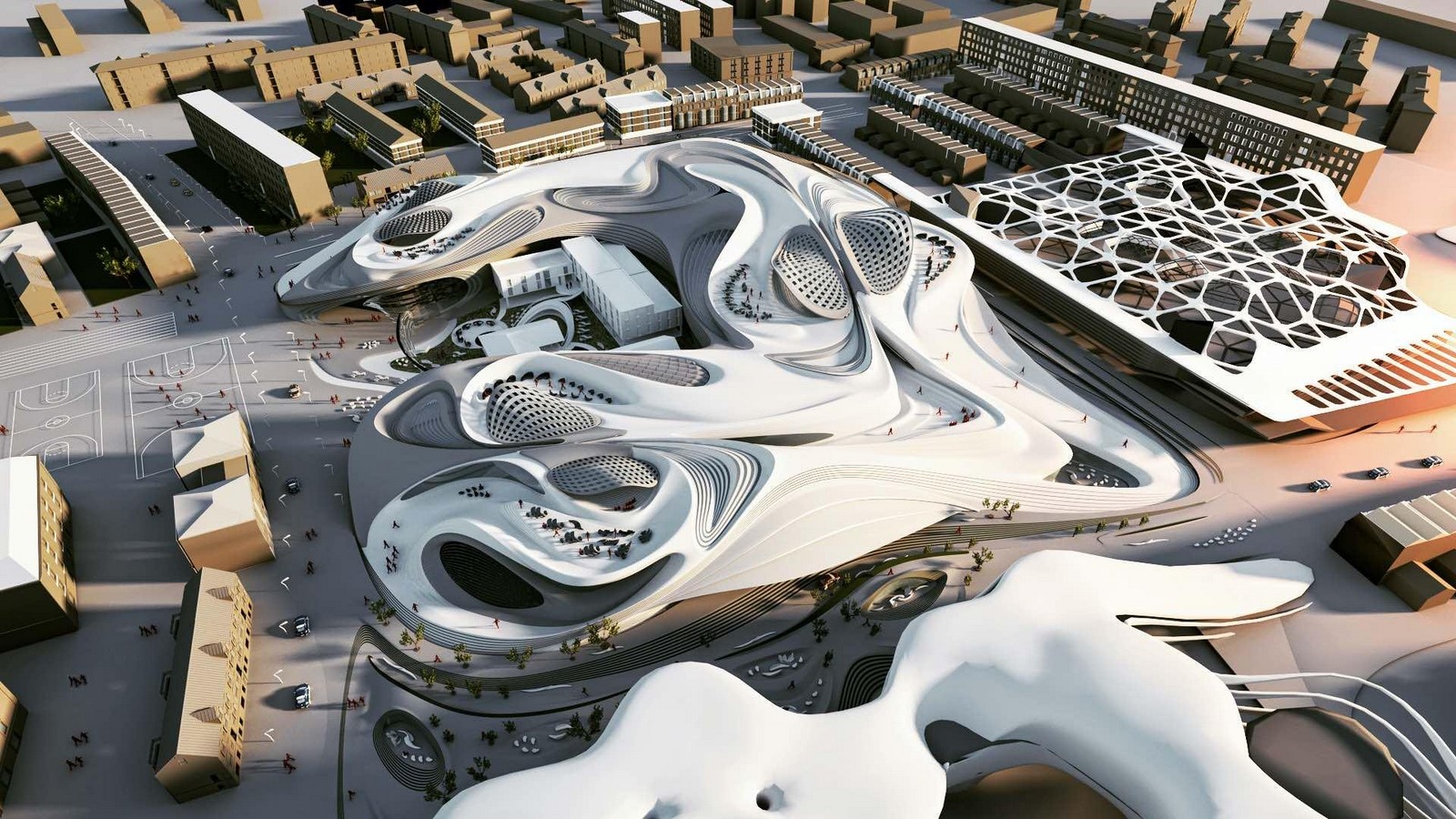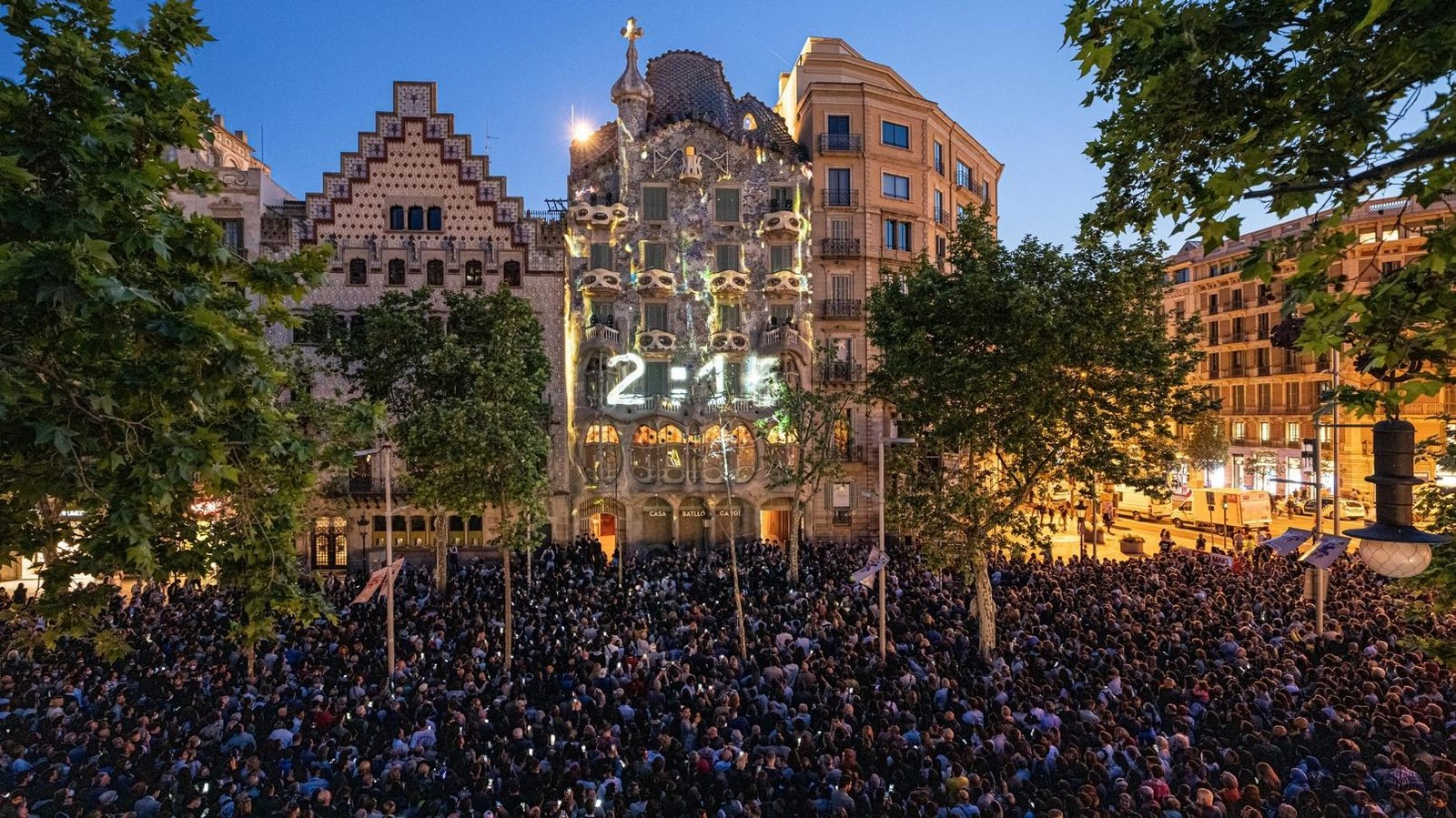State of Hyper Information
With the state of Hyper Information, the concept of incorporating vast data, information, and technology into the architectural design process has become easier than ever. Such advanced hybrid styles will create a diverse range of designs for the future to come. Designs of tomorrow will be conceptualised, keeping in mind all modern innovations in materials, construction methods, and design software.

As the wave of hyper-information hits every design process, the users will be in a state of confusion, experiencing everything everywhere all at once. It will become difficult to identify the exact future of architecture and design styles. Architects and Users will have their observations and interpretations of the question asked: What is the Future of Architecture? In the process of answering, an amalgamated identity of Architecture will be formed.
The future of architecture promises a shift from conventional paradigms as it embraces transformative changes driven by technology and sustainability. Material innovations, Digital Fabrication, and AI Prompting are certain directions in which Future Architecture will be shaped. In this essay, we examine major themes and trends that are anticipated to influence the design of our cities and buildings as we dig into a hypothetical future of architecture.

One of the core ideas of the Future of Architecture will be sustainability. As incorporating green design solutions becomes a norm, it will transform the design process of building structures. With newer sustainable materials and energy-efficient systems, the built environment will blend into the natural environment seamlessly and effectively. One of the prominent designers, Neri Oxman is researching new material design processes using modern technologies. She coined the term Material Ecology, which brings together materials science, digital fabrication technologies, and organic design to create new possibilities for the future.

Integrating technology will allow architects to create new design languages such as parametric design and processes like 3D printing. Use of 3D Printing for creating layered models and even design components will be possible which will help to reduce waste and construction time. In order to achieve complex and innovative structure designers will use algorithmic models that respond to various parameters and systems. Architect Patrick Schumacher extensively talks about Parametricism as the new Architectural style. It is stated that the modern techniques in modelling and scripting have allowed a new design language to be built and it’s termed Parametricism. It means that all design elements become parametrically variable and mutually adaptive.

Virtual reality (VR) and Artificial Intelligence (AI) will give architects new tools for planning and visualizing spaces. With the help of these technologies, users and architects will be able to explore and comprehend designs more engagingly and interactively. Data-driven design is another avenue where architecture will evolve. Architects will rely on data and analytics to inform their designs. This data can include factors like traffic patterns, energy consumption, and user preferences. By using this information, architects will be able to optimize building functionality and user experience. Refik Anadol a media artist and a designer works closely with architects and data engineers to create abstract environments and digital spaces using data-driven machine living algorithms. This work shows us the possibility of AI in Architecture.

The use of modular and prefabricated building techniques will spread throughout the construction sector. These methods’ capacity to considerably cut down on waste and building time makes them appealing. This will speed up the construction process and improve its sustainability and financial efficiency. The future of digital fabrication in architecture promises to be a transformative force in the construction industry, reshaping the way we design, build, and interact with our built environment. Additionally, robotics and automation will play a pivotal role in construction. Drones can be employed for site surveys, while autonomous construction vehicles and robots can assemble prefabricated components with high precision. These advancements not only enhance efficiency but also improve worker safety.
In terms of cultural and contextual awareness, future architecture will honour and reflect the unique culture and surroundings of the places in which it is located. The challenge for architects will be to create structures that seamlessly blend the ancient and new while also blending in with their environment. With the help of this approach, cities should be able to offer more distinctive and contextually suitable designs, boosting their vibrancy and cultural diversity.
In conclusion, there will be a huge transition in architecture in the future as it embraces sustainability, adaptability, and technological integrations. Technology will be a vital tool for architects, enabling them to create structures that are not only aesthetically pleasing but also functional, sustainable, and adaptable to the changing needs of society. The future of architecture will aim to enhance the user experience. Information and technological advancements will play a vital role in shaping the built environment around us. In this future, architects will be more than just designers; they will be the masterminds behind a seamless fusion of sustainability, art, and technology. More than ever, the built environment will be dynamic and exciting to experience.
References:
- Oxman, N. (2020). Material Ecology. https://neri.media.mit.edu/assets/pdf/Publications_ME.pdf
- 2. Patrick, Schumacher (2008). Parametricism – A New Global Style for Architecture and Urban Design. AD Architectural Design– Digital Cities, Vol 79, No 4, (July/August 2009). https://www.patrikschumacher.com/Texts/Parametricism%20-%20A%20New%20Global%20Style%20for%20Architecture%20and%20Urban%20Design.html
- Anadol, Refik. (2021). Modern Dream: How Refik Anadol Is Using Machine Learning and NFTs to Interpret MoMa’s Collection. MoMA.
Retrieved from: https://www.moma.org/magazine/articles/658
















